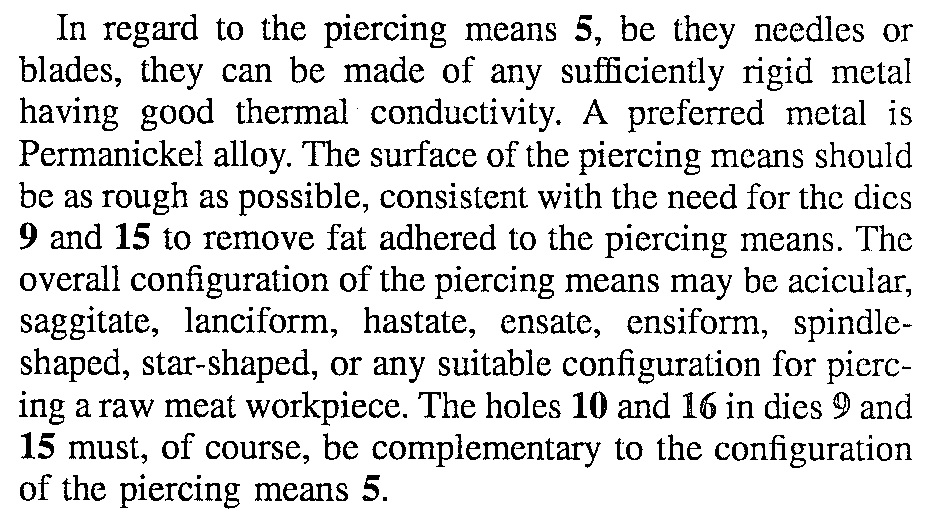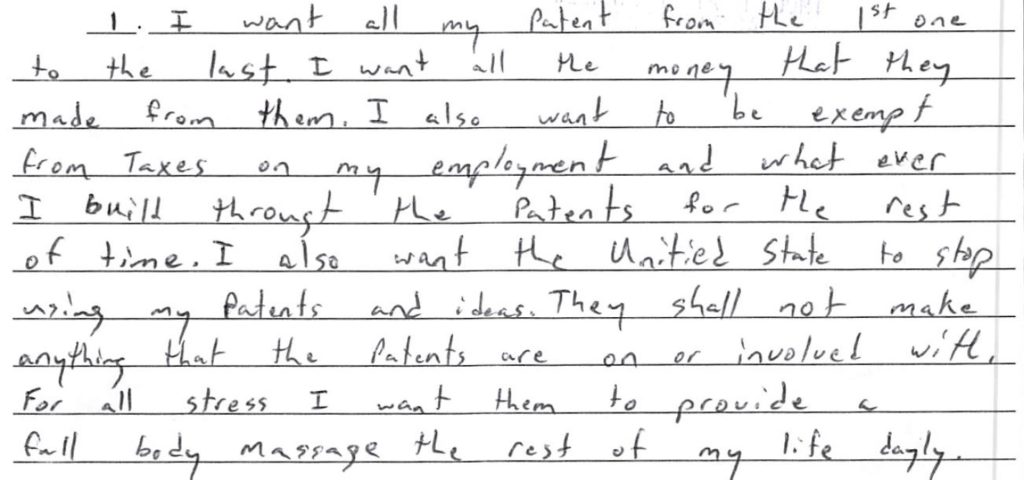In Arctic Cat Inc. v. Bombardier Recreational Products Inc., [2017-1475] (December 8, 2017), the Federal Circuit affirme the district court’s denial
of judgment as a matter of law as to obviousness, the
jury’s royalty rate, willfulness, treble damages, and award of an ongoing
royalty to Arctic Cat, but vacated the court’s denial of judgment as a matter of law as to marking and remand for further consideration limited to that issue.
The case involved U.S. Patent Nos. 6,568,969 and 6,793,545 directed to thrust steering systems for personal watercraft. At trial, the jury found both patents not invalid, awarded a royalty for past infringement of $102.54 per unit, and based upon the jury’s finding of willful infringement, the district court trebled damages. The district court also awarded an ongoing royalty of $205.08 per unit.
On the obviousness finding the Federal Circuit said that it presumes the jury found that an ordinarily skilled artisan would not have been motivated to combine the prior art as appellant proposed, and that if
such a fact finding is supported by substantial evidence, it cannot not reverse it. The Federal Circuit noted that appellant devoted much of its argument to re-litigating its case and its evidence rather than addressing the evidence that could have supported the jury’s finding of no motivation to combine. The Federal Circuit said that it does not reweigh the evidence and reach its own factual determination regarding motivation. The question on appeal is only whether substantial
evidence supports the jury’s presumed finding, and the Federal Circuit found substantial evidence did support the finding.
As to objective indicia of non-obviousness, the patent owner argued the claimed invention received industry praise and satisfied a long-felt need. The Federal Circuit again presumed the jury found in favor of patentee, and the Federal Circuit cannot reverse these presumed findings if they are supported by substantial evidence, which the Federal Circuit found they were.
As to the marking issue, the Federal Circuit said that the patent owner patentee bears the burden of pleading and proving it complied with § 287(a)’s marking requirement, because if a patentee who makes, sells, offers for sale, or imports the patented articles has not given notice of its right”by marking the articles pursuant to the marking statute, it is not entitled to damages before the date of actual notice. A patentee’s licensees must also comply with §287, because the statute extends to persons making or selling any patented article for or under the patentee. The Federal Circuit add that recognizing that it may be difficult for a patentee to ensure his licensees’ compliance with the
marking provisions, its has held that where third parties are involved, courts may consider whether the patentee made reasonable efforts to ensure compliance with the marking requirements.
In the present case, the patent owner Arctic Cat licensed patents to Honda, and the agreement specifically stated Honda “shall have no obligation or requirement to mark” its licensed products. However, While Honda sold products in the U.S. without marking them, Arctic Cat contended they were not covered by the patent and thus should not have been marked.
Arctic Cat and Bombardier disputed whether the products Honda sold were patented articles that were required to be marked, as well as who had the burden of proof. There was a split in the Circuits on the burden of proof, which the Federal Circuit resolved by holding that an alleged infringer who challenges the patentee’s compliance with § 287 bears an initial burden of production to articulate the products it believes are unmarked “patented articles” subject to § 287. The Federal Circuit said that this was a low bar, and that the alleged infringer need only put the
patentee on notice that it or its authorized licensees sold specific unmarked products which the alleged infringer believes practice the patent. The Federal Circuit said that the alleged infringer’s burden is a burden of production, not one of persuasion or proof. The Federal Circuit said that once the alleged infringer meets its burden of production, however, the patentee bears the burden to prove the products identified do not practice the patented invention.
The Federal Circuit declined to determine the minimum showing
needed to meet the initial burden of production, but found that it was satisfied. The Federal Circuit did say that alleged infringer need not produce claim charts to meet its initial burden of identifying products, because it is the patentee who bears the burden of proving that it satisfied the marking requirements and thus the patentee who would have to prove that the unmarked products identified by the infringer do not fall within the patent claims. The Federal Circuit concluded that the district court erred in placing this burden upon BRP and vacated and remanded on the issue of marking.
On the pre-judgment and post-judgment royalty rates, the Federal Circuit found no error, noting that a difference in the rates may be justified by the change in the parties’ legal relationship and other factors. Finally the Federal Circuit affirmed the district court on the issue of willfulness and enhanced damages.







